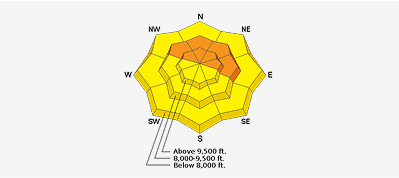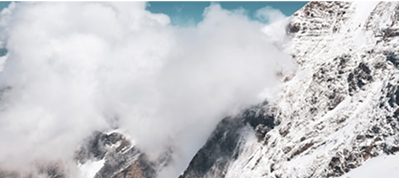We had an avalanche class that dug 15 snowpits on N-NW facing slopes along the ridge of Willow Knob, which is down off the south side of the Park City ridgeline. Although there was strong wind loading along the PC ridgeline, we were barely down out of the wind so there was very little wind loading where we were. During a day with so much avalanche activity, it seemed odd that all our snowpits showed mostly stable snow with no propagation. Yes, we there was a subtle interface between the old and new snow about 60 cm down and there was some old depth hoar on the ground but neither of them had enough new weight on them to make them reactive. In the wind loaded zones, however, there definitely is enough weight. The main avalanche problems seem to be in the heavily wind loaded areas along the ridges and also in the repeater slide paths or ones places with a shallow snowpack that are disproportionally overloaded by this thick layer of dense snow. With snow continuing overnight and on Wednesday, the hazard will likely increase.






